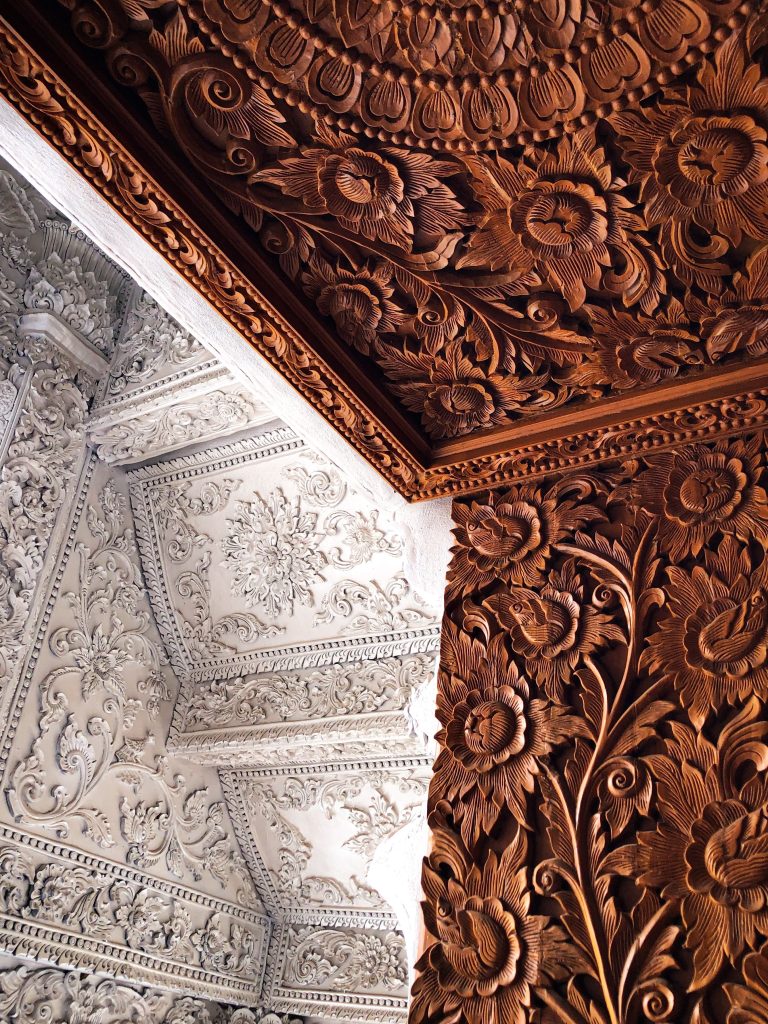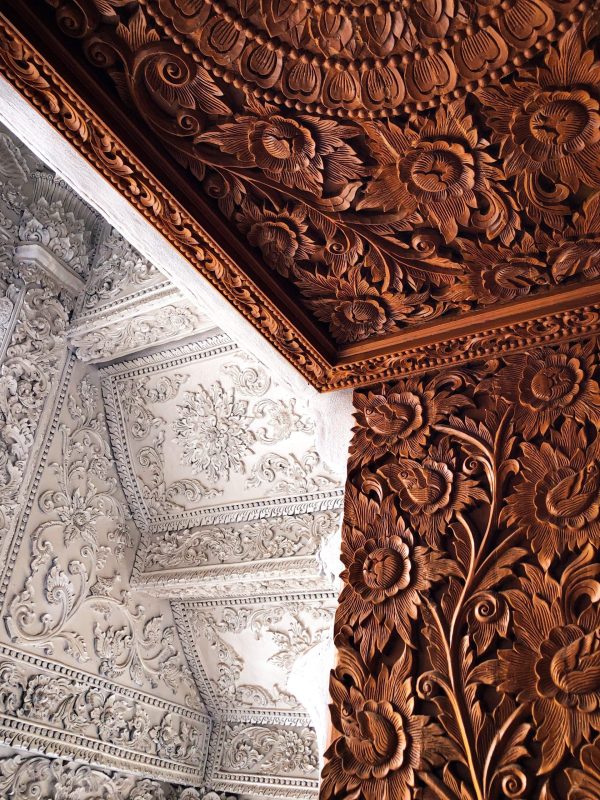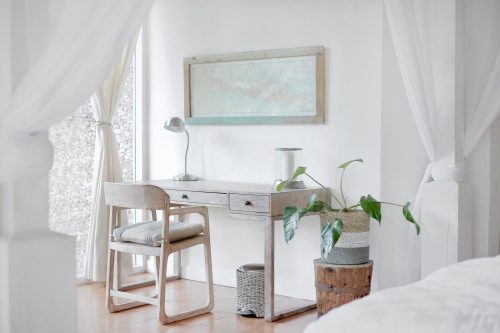
The world of interior design is constantly evolving, with designers seeking inspiration from various cultures and eras to create unique and captivating spaces. In recent years, a trend has emerged that beautifully marries tradition with modernity: the incorporation of traditional Thai elements into contemporary interior design. This trend showcases how interior designers in Thailand are skillfully blending the rich cultural heritage of the country with the sleek lines and minimalism of modern aesthetics. The result? Unique, culturally rich spaces that pay homage to Thailand’s past while embracing its present and future.
Intricate Woodwork: Preserving Craftsmanship in Modern Spaces
One of the standout features of traditional Thai architecture is its intricate woodwork, characterized by delicate carvings and intricate details. In modern interior design, this age-old craftsmanship is being seamlessly integrated into furniture pieces, room dividers, and wall panels. Ornate wooden screens, known as “jali” or “jaali,” are now found in contemporary homes and offices, adding an air of elegance and sophistication. These pieces not only showcase the artistry of Thai craftsmen but also create visually captivating focal points within the space.
Vibrant Colors: Infusing Life into Minimalism
Thai culture is renowned for its vibrant color palette, which reflects the nation’s lively festivals, ornate temples, and natural landscapes. Interior designers are tapping into this rich spectrum to infuse a burst of life into modern spaces. From deep saffron and royal gold to lush emerald and serene aquamarine, these colors breathe vibrancy into minimalist interiors. These hues often find their way onto accent walls, upholstery, and decorative accessories, adding warmth and character to otherwise subdued spaces.
Symbolic Motifs: Telling Stories through Design
Thai symbolism and spirituality are deeply rooted in its art and architecture. Interior designers are weaving these meaningful motifs into the fabric of modern interiors. Elements like the lotus flower, symbolizing purity and enlightenment, and the mythical naga serpent, believed to bring protection, are now being incorporated into textiles, wallpapers, and even sculptural pieces. These motifs not only pay homage to tradition but also serve as conversation starters, allowing the space to tell a story that goes beyond aesthetics.
Creating Harmony: Balancing Old and New
The success of incorporating traditional Thai elements into modern design lies in achieving a harmonious balance. It’s not about replication, but rather reimagining. Skilled designers are adept at selecting specific elements that seamlessly integrate with the overall design while maintaining the functionality and aesthetics of contemporary spaces. This delicate equilibrium allows for a visually appealing blend that doesn’t feel forced or out of place.
Culturally Rich Spaces: An Expression of Identity
In a globalized world, the design of a space can serve as a powerful means of expressing cultural identity. By embracing traditional Thai elements, interior designers are creating spaces that evoke a sense of pride and belonging. These spaces don’t just reflect a visual representation of Thai culture; they celebrate it. They provide a canvas for contemporary Thai citizens to connect with their heritage, bridging the gap between the past and the present.
In conclusion, the integration of traditional Thai elements into modern interior design showcases the dynamism of design in Thailand. It highlights the designers’ ability to pay homage to their cultural roots while pushing the boundaries of creativity. These spaces are a testament to the fact that tradition and modernity need not be at odds – they can coexist harmoniously, resulting in interiors that are not only visually appealing but also culturally significant. As this trend continues to evolve, it’s clear that the blending of culture and contemporary aesthetics will remain an inspiring force in the world of interior design.
cr. Photo by Chananthorn Kidthuengkun on Unsplash


